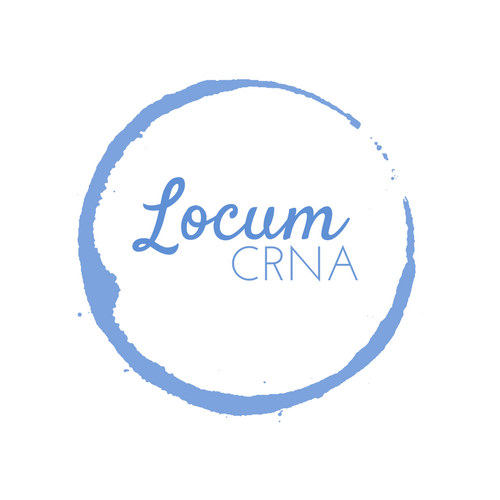A new kind of agency is emerging out of the cries for transparency and concern that CRNAs are working for the same pay as ten years ago. Yes, we have seen some recent movement in the pay of CRNA locum providers in the past year. However, it still seems our pay is sometimes below or at that of w-2 providers with benefits factored in. Part of this slight increase could be attributed to the education of providers and the demand for CRNAs to fill gaps as anesthesia management groups grow.
BlocHealth is trying to prove a transparent model of bringing together platforms of providers searching for competitive but higher rates and groups/hospitals looking to decrease agency fees and overall hourly fees for the temporary workers. Win for both the client hospital or group and the contractor/provider. This matching process is still a growth project where they are actively searching for exactly what our providers are looking for in the areas they are looking. This could branch out into a system whereby “Employers” are independently contracting “Providers” through a web-based matching system and negotiating a contract more completely on-line. Part of this may include a more automated credentialing platform where provider data is streamlined to the requesting hospital expeditiously. Although there is no completely automated system, at this time, for the job-seeker and employer. However, BlocHealth is an agency right? Sure enough, they are an agency and their fees are still in place. However, using an automated process and setting in motion an atmosphere of a less hands-on approach will allow for lower overhead and expense ratios. What’s that boil down to? Sometimes this is less than 1/3 the fees of a standard agency.
I believe that this will put some of the credentialing process on the provider as there will initially be less funneling of paperwork to the hospital as a larger agency might initially do. This means credentialing would be of some effort on the part of the client. We’ve all done this paperwork 100 times and have given the same information to either hospitals or agencies before. This time it’s to get the rate you want and possibly the area you want to work in. I believe that as the process grows this automation will decrease the paperwork burden.
They are also up front in saying that at this point they want providers to state realistic rates, time-frames, skill–sets and areas of desired work. Then BlocHealth is looking for positions that will fit the provider and group. Where-as most agencies advertise positions open in hopes of getting a CRNA to fill them. This may be known places that need help or calling in the region to see if groups are in need or struggling.
Overall, I see intriguing changes for the future that could grow into a good niche with-in the locum world.
Why do I say all this? I called and talked to them. I tried to understand the company dynamic and what it could be. I put them up on the site and have a referral contract with them and want to know that they are trying to be clear and work for the follow through. I even filled out my information on their site and found the process to be just about as easy as any other.
I almost able to do all the paperwork on my phone. Recently, I was told BlocHealth now has a convenient and easy way of accessing a personal folder on the cloud that contains all provider information in one place.
I may just work with them in finding contracts for other CRNAs in the future.


